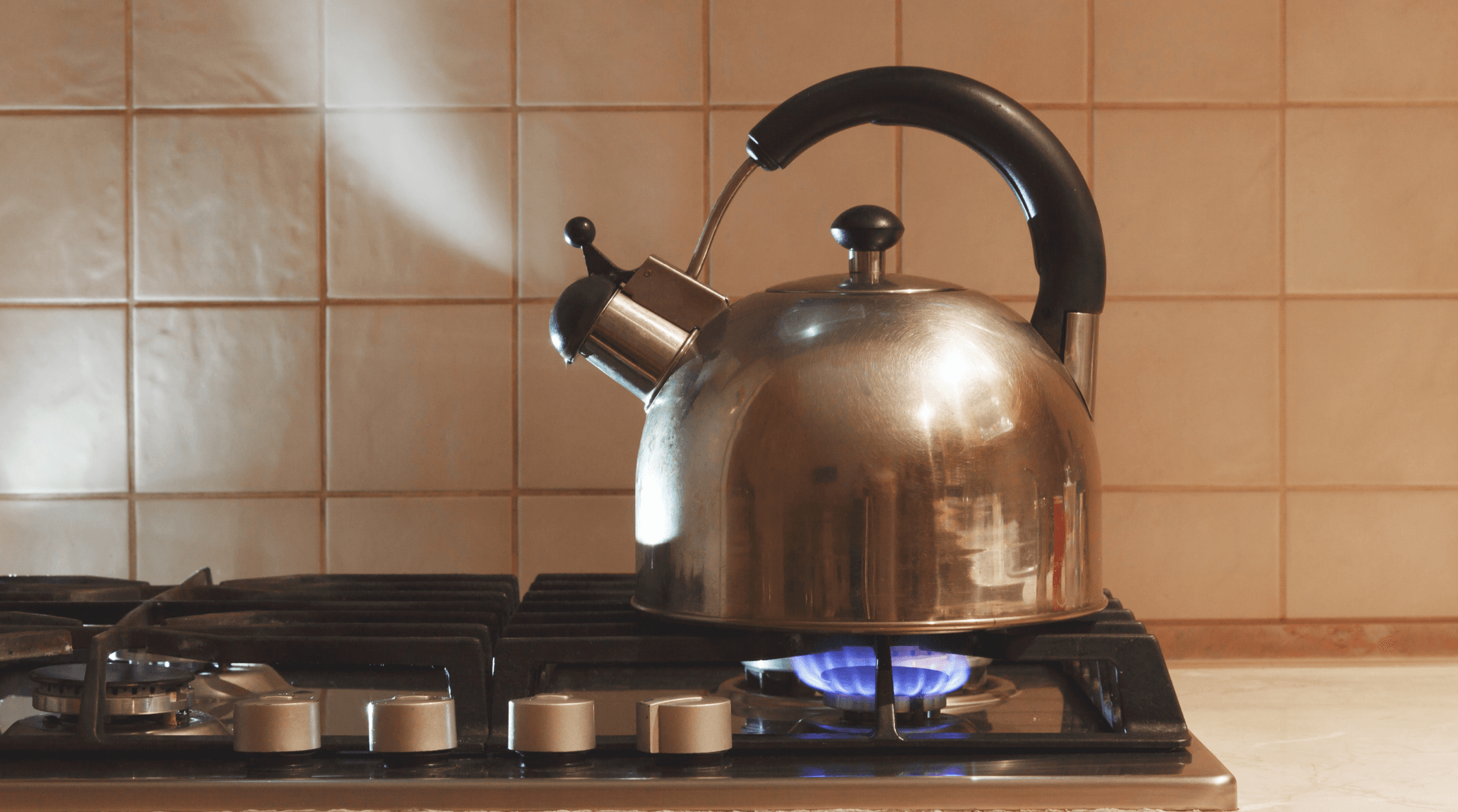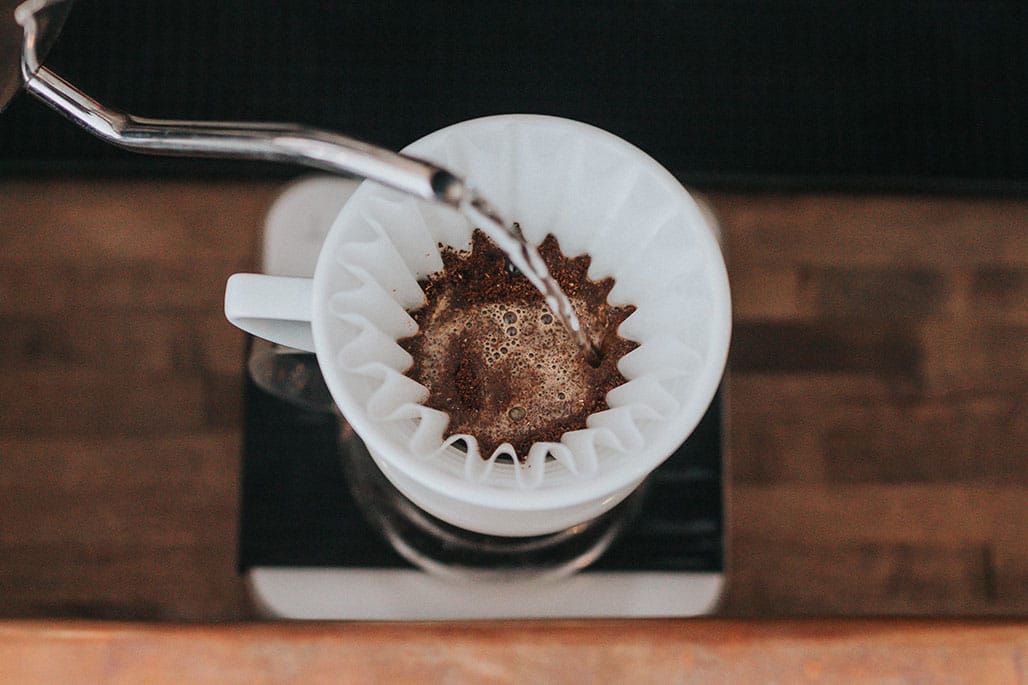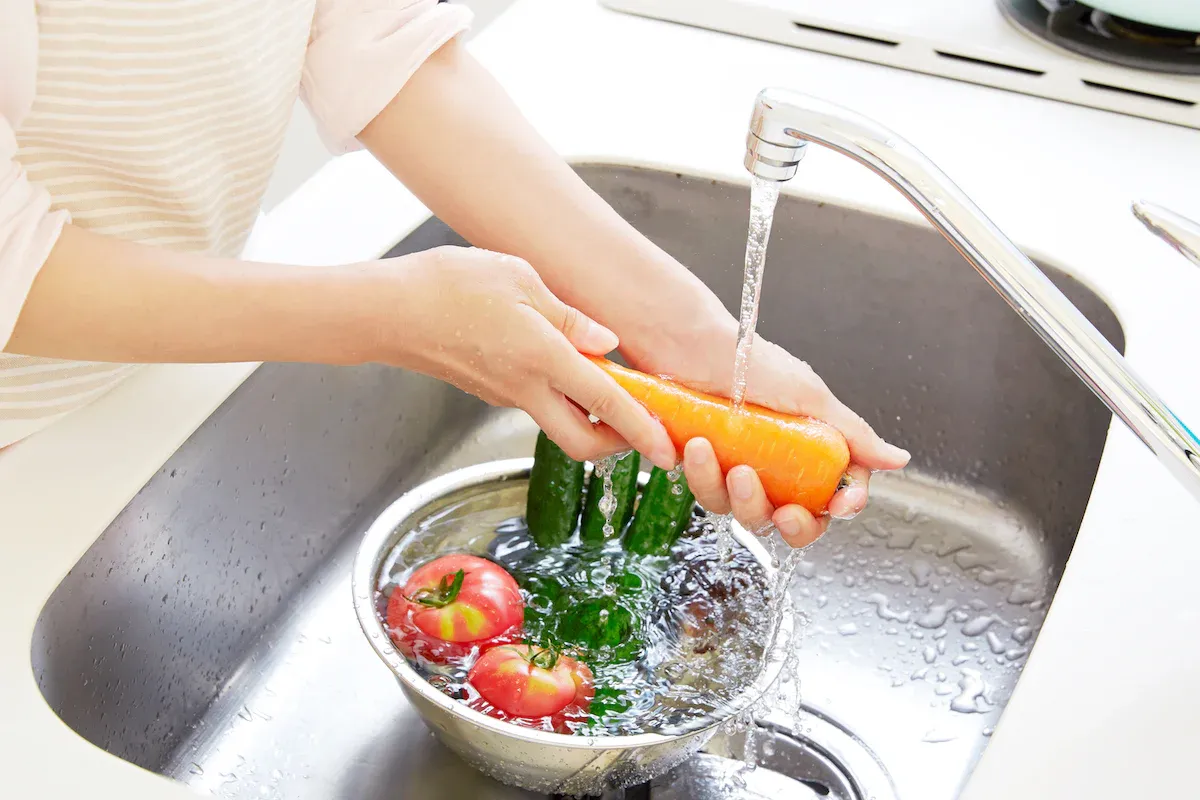
“
Water in Food Preparation plays an indispensable role, impacting everything from flavor to texture in cooking and baking. This blog will explore 15 fascinating ways Water in Food Preparation enhances meals, highlighting its essential role in creating delicious, nutritious dishes.1
1
”
Water acts as a key solvent in food preparation, dissolving ingredients like sugar, salt, and various flavors. This process enhances the taste and texture of soups, sauces, and marinades, making them more flavorful, balanced, and enjoyable. 1
Agriculture uses a remarkable 69% of global freshwater withdrawals, primarily for crop irrigation. This highlights the crucial role water plays in food production, demonstrating its importance in sustaining global populations by supporting essential agricultural practices. 2
Water is essential for blanching vegetables, a technique where vegetables are briefly boiled and then rapidly cooled in ice water. This method effectively preserves the vegetables’ color, texture, and nutrients, ensuring they stay crisp and vibrant. 3

In coffee and tea brewing, water acts as the primary solvent that extracts flavors, aromas, and caffeine from the coffee grounds or tea leaves. This extraction process is fundamental to creating these popular beverages, making water indispensable in their preparation.
Water is a fundamental component in making stocks and broths, which serve as the base for many soups, sauces, and stews. It extracts flavors from ingredients like bones, vegetables, and herbs, creating a rich and flavorful foundation for various dishes. 4
Water is crucial for dissolving gelatin, a protein derived from collagen. When combined with hot water, gelatin dissolves and forms a solution that solidifies into a gel as it cools. This gel is essential for desserts, jelly, and even savory dishes. 5
Although dehydration removes water from food to preserve it, rehydration requires water to restore the food’s original texture and flavor. Dehydrated foods like dried fruits or instant noodles need water to become edible and maintain their quality. 6

In food safety, water plays a critical role in washing fruits, vegetables, and raw meats. It removes dirt, pesticides, and bacteria, making it essential for preventing foodborne illnesses and ensuring that food is safe and clean for consumption.
Water boils at 100°C (212°F) at sea level, a crucial temperature for cooking methods like boiling, steaming, and poaching. This high temperature ensures that food cooks evenly, retaining essential moisture, flavor, and nutrients for optimal results. 7
Blanching involves briefly boiling vegetables before immediately plunging them into ice water. This technique helps preserve the vegetables’ vibrant color, crisp texture, and nutritional value. It is often used prior to freezing to maintain its quality and freshness. 8
Sous-vide cooking entails vacuum-sealing food in bags and immersing it in a precisely heated water bath. Water’s even heat distribution ensures that food cooks uniformly, resulting in tender and flavorful dishes without overcooking. 9
Water is vital in emulsification, the process of combining two immiscible liquids like oil and water. This is essential for creating stable mixtures in sauces and dressings, such as mayonnaise and hollandaise, resulting in smooth, creamy textures. 10
Poaching eggs in water at temperatures between 75-85°C (167-185°F) allows for gentle cooking. This controlled environment ensures that the egg whites set perfectly while the yolks remain runny, with water being key to achieving this delicate texture. 11
Water’s high heat capacity makes it an excellent medium for cooking. Whether boiling, steaming, or simmering, water evenly transfers heat to food, ensuring thorough cooking while preserving essential nutrients and preventing overexposure to high temperatures. 12
The water demand for agriculture is 100 times greater than that for personal daily use. This significant difference highlights the immense volume of water required to sustain global food production, particularly for irrigation and livestock needs. 13


